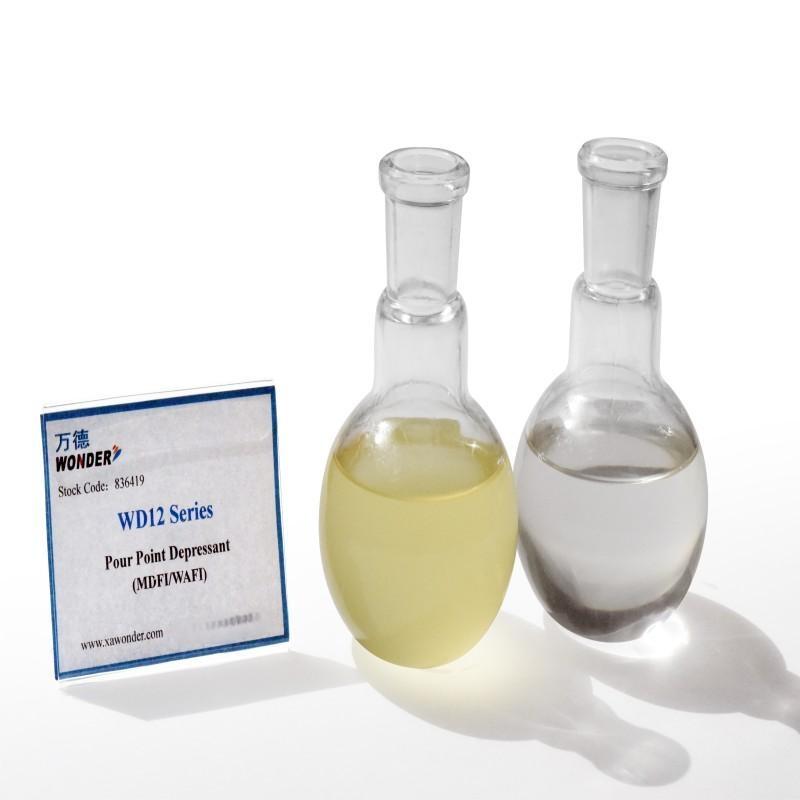-
Categories
-
Pharmaceutical Intermediates
-
Active Pharmaceutical Ingredients
-
Food Additives
- Industrial Coatings
- Agrochemicals
- Dyes and Pigments
- Surfactant
- Flavors and Fragrances
- Chemical Reagents
- Catalyst and Auxiliary
- Natural Products
- Inorganic Chemistry
-
Organic Chemistry
-
Biochemical Engineering
- Analytical Chemistry
-
Cosmetic Ingredient
- Water Treatment Chemical
-
Pharmaceutical Intermediates
Promotion
ECHEMI Mall
Wholesale
Weekly Price
Exhibition
News
-
Trade Service
Since OPEC+ began cutting production in May 2020 to rebalance the global oil market, the organization's cumulative oil production has been 562 million barrels
less than the agreed levels.
That has heightened investor concerns about
the group's ability to balance the global oil market.
In addition, an OPEC+ representative said that the OPEC+ production cut implementation rate rose to 256% in May, and the organization's member countries produced 2.
7 million barrels per day
of oil in May below their total production target.
Among them, Saudi Arabia, the largest oil producer, has a production cut implementation rate of 128%, and the second largest producer, Russia, has a production reduction implementation rate of 383%.
The daily oil production of OPEC+ member countries is much lower than the target OPEC+ member countries' daily oil production is much lower than the target
As some member states continue to grapple with reduced investment and operational issues, OPEC+ has struggled for months to supply oil
to the market at promised levels.
Spare capacity exists only in a few core member states of the Persian Gulf, such as Saudi Arabia and the United Arab Emirates
.
However, these spare capacities are not worth mentioning compared to the loss of capacity suffered by Russia after the sanctions
.
On Monday, French President Emmanuel Macron told U.
S.
President Joe Biden on the sidelines of the Group of Seven (G7) summit that oil production in the UAE and Saudi Arabia is close to its limits
.
It is reported that UAE Crown Prince Mohammed bin Zayed revealed to Macron that the UAE's production has reached the "highest" level, while neighboring Saudi Arabia can only quickly increase production by about 150,000 barrels / day, and they cannot significantly increase production
in less than six months.
UAE Energy Minister Suhail Al Mazrouei then issued a statement saying that the UAE's current oil production is close to the country's reference production ceiling in the OPEC+ agreement, which is 3.
168 million barrels
per day.
Mazrouei stressed that the UAE's commitment to this cap will continue until the end of the
agreement.
The agreement is expected to expire
in a few months.
Oil prices continued to move higher on Tuesday, fueled by supply concerns
.
WTI August futures closed up 2.
00% at $111.
76/bbl; Brent futures closed up 2.
5 percent at $117.
98 a barrel in
August.
At present, there is a lot of uncertainty
on the supply side of the oil market.
According to people familiar with the matter, the G7 is discussing capping Russian oil prices through insurance and shipping restrictions, but no agreement
has yet been reached.
The G7 will also tighten sanctions on Russia, which in response to Western sanctions may restrict the export of oil and its manufactured products
to Western countries.
On Monday, Libya's National Oil Corp (NOC) said it could suspend oil
exports from the Gulf of Sirte over the next three days as the political crisis worsened.
In addition, Ecuador's energy ministry warned on Sunday that oil production had reached a "critical level" and that if protests and roadblocks continued in the crisis-stricken South American country, oil production could stop
completely within 48 hours.
At the same time, the resumption of negotiations on the Iran nuclear deal means that more Iranian oil may enter the global market
in the future.
In addition, OPEC+ will meet on Thursday to discuss the increase in production, after sources said that OPEC+ may insist on increasing production by 648,000 bpd in August to ease the surge in oil prices and inflationary pressures
.







